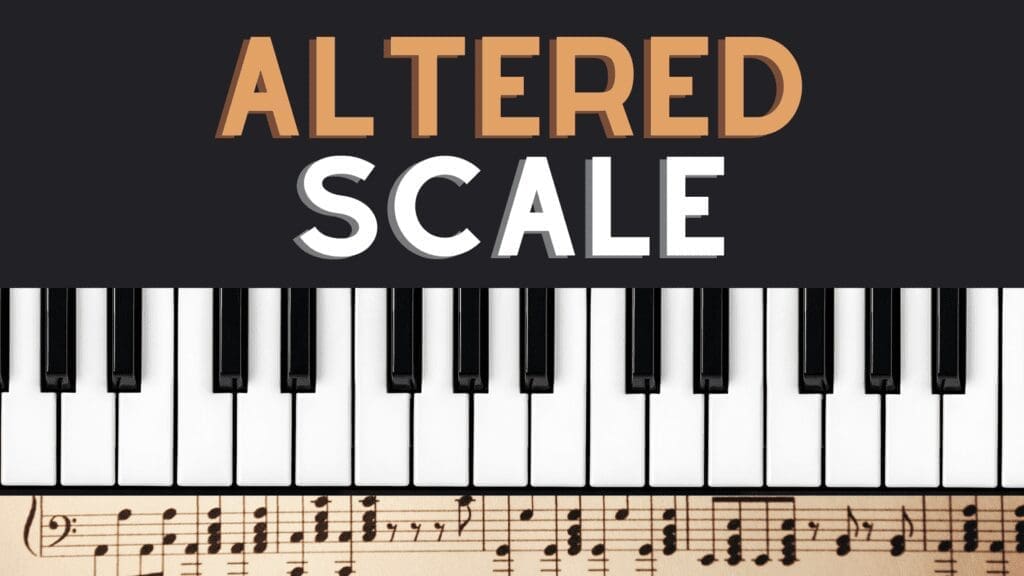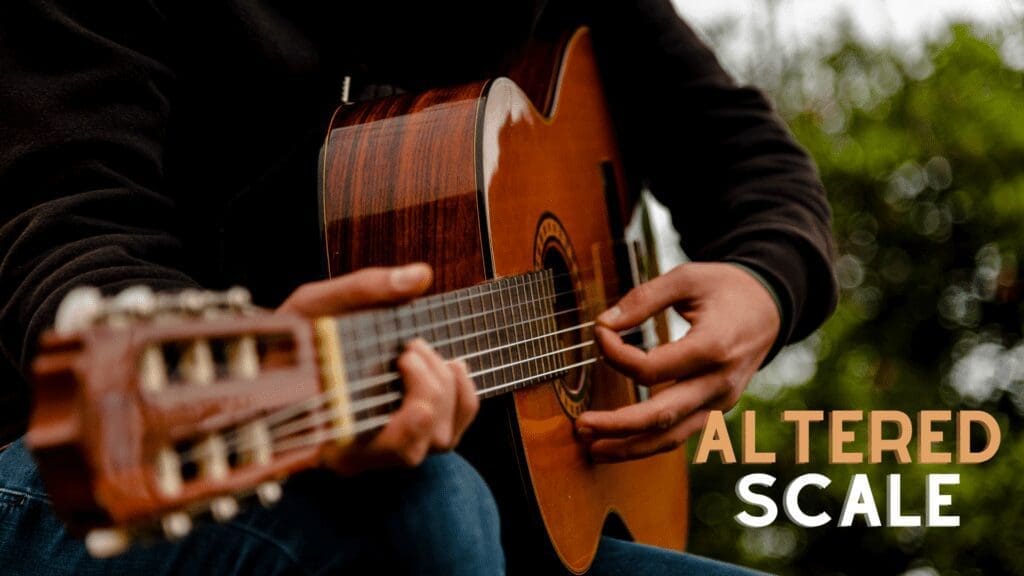Altered scale is a type of musical scale that has been altered by adding or subtracting a note or two from the original scale. These altered scales are used to create a unique sound and can be used to create a variety of different musical styles.
In this article, we will explore the various types of altered scales, how they are used in music, and how they can be used to create interesting and unique sounds.
What is an Altered Scale?

Altered scales are a type of musical scale that has been modified or “altered” from the original scale. They are often used in jazz music and are a popular way to add interest and complexity to a piece of music. Altered scales are created by changing one or more notes of the original scale, resulting in a distinct sound that is often used to create tension or a sense of instability.
Altered scales are created by changing one or more notes of the original scale, typically by raising or lowering the pitch of the note. This can be done to create a variety of different scales, such as the augmented scale, the diminished scale, the harmonic minor scale, the melodic minor scale, and the altered scale. Each of these altered scales has its own unique sound and can be used to create different moods and textures in a piece of music.
Types of Altered Scale
Augmented Scale
An augmented scale is a musical scale that is a variation of a diatonic scale, typically adding one or more notes to the scale. the notes are arranged in a particular pattern of whole steps and half steps. The most common type of diatonic scale is the major scale, which consists of two whole steps, a half step, three more whole steps, and a final half step. Other types of diatonic scales include the minor scale, harmonic minor scale, and melodic minor scale.
Augmented scales are commonly used in jazz as they provide a more harmonically complex sound than the diatonic scale. They can be created by adding either a sharpened fourth, a sharpened fifth, or both to the traditional major or minor scale.
Diminished Scale
The diminished scale is a symmetrical scale made up of alternating whole and half steps. It is also known as an octatonic scale because it contains eight notes. The notes of the diminished scale are: C, D♭, E♭, F♯, G♯, A♭, B♭, C.
Harmonic Minor Scale
A harmonic minor scale is similar to the natural minor scale, but the seventh note is raised one semitone, making it a leading tone to the tonic. This scale is often used in classical, jazz, and metal music.
Melodic Minor Scale
The melodic minor scale is used in Western classical music and jazz. It is similar to the natural minor scale but with a raised sixth and seventh degree. It is usually written as follows:
1 – 2 – b3 – 4 – 5 – 6 – 7 – 8
The notes of the melodic minor scale are:
C – D – Eb – F – G – A – B – C
The Altered Scale
Known as the Super Locrian scale, the diminished whole-tone scale, or the altered scale. It is built by raising the seventh note of the natural minor scale a half-step, creating a scale with a major sixth and a diminished seventh.
This scale has a distinct sound that is often used to create tension and dissonance in jazz improvisation. It is often used to solo over dominant seventh chords, as it contains all of the notes of the chord and allows for chromaticism.
Applying The Altered Scale

The altered scale is a widely used resource in jazz, and when played over an altered dominant chord it produces one of the most complex sounds possible. However, playing this scale on top of an unaltered dominant can result in unpleasant dissonance, so one must be aware of the effect produced.
When it comes to altered dominants, there is no need for this concern, and practising the scale in different contexts of dominants is essential to get used to its flavour.
Jazz has revolutionized the use of dominants, but other genres have adopted them too. One frequent example is a dominant chord with a #5 leading to a minor chord with a seventh and ninth. A carefully chosen altered scale can really make all the difference in this context. Make sure you internalize these scales and enjoy the process; let your musical personality shine through as you improvise over songs and explore different ideas.
Closing Thoughts
Altered scale can be used to create tension, suspense, and instability in a piece of music. They are often used to add interest and complexity to a piece, as well as to create a sense of movement and direction. Altered scale can also be used to add a sense of tension, drama or excitement to a piece of music.










